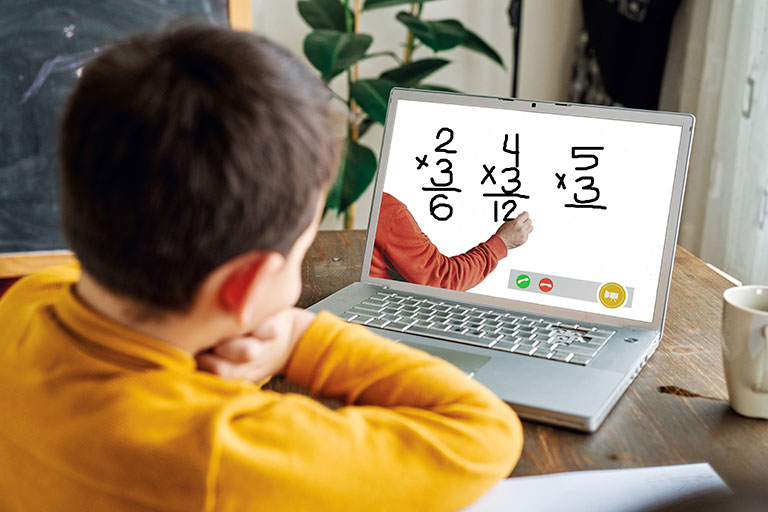How to manage effective small group instruction
For a teacher, it can quickly feel overwhelming to try to manage an entire classroom full of students during a small group instruction. The students outside of the small group tend to get a little out of hand. Whether this behavior comes from your lack of direct attention at that moment or simply because they do not have anything to work on, this behavior distracts your small group.
Unfortunately, when you go to rein in a classroom full of students, you tend to take away from the effectiveness of the small group intervention. As a teacher, you want to boost the productivity of the small group while continuing to educate the individuals outside the group. We compiled some simple activities to keep your classroom busy while you focus on delivering intervention instruction to your students in need.
Journaling
During small group instruction, the class can journal to build problem-solving skills. Teachers can easily select an open-ended math prompt and encourage students to respond. Their responses force them to think things through while demonstrating their knowledge of math-related topics. This time allows students to process their thoughts and explore alternative solutions to problems, which can help them retain information while building confidence.
Teachers can get creative with the prompts, allowing students to think through a tough problem and build their skills. Journaling will leave your classroom quiet and focused so you can devote more attention to your small group instruction.
The small group instruction
Now that your classroom has a task to focus on, you can dedicate quality time to your small group instruction. The students in this group need additional help to get them back on track to achieving their goals in math.
Deciding which students need an intervention and what to implement in these small groups can challenge educators. Programs like SpringMath make math intervention simple. Teachers can use our 15-minute initial screener to identify students who need additional support. SpringMath gives teachers guided intervention instructions based on students’ performance the prior week.
Educators can use SpringMath to assess student performance, implement interventions, monitor student progress, and generate actionable reports. Interested in learning more about SpringMath? Request a demo today.

